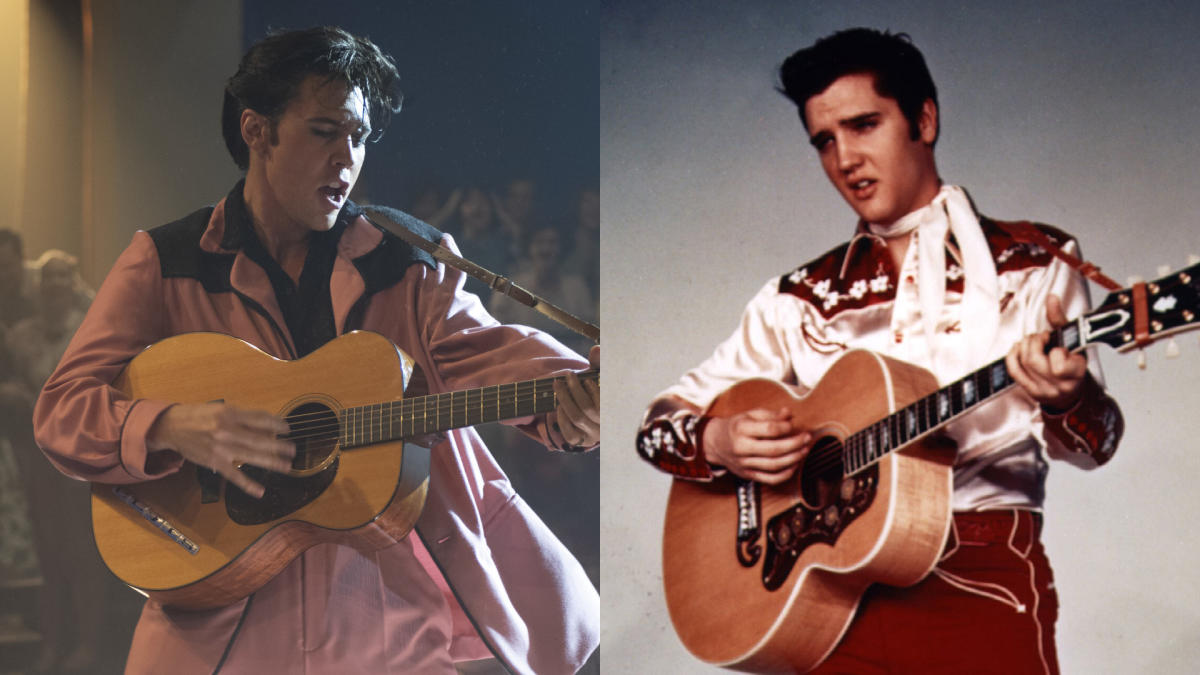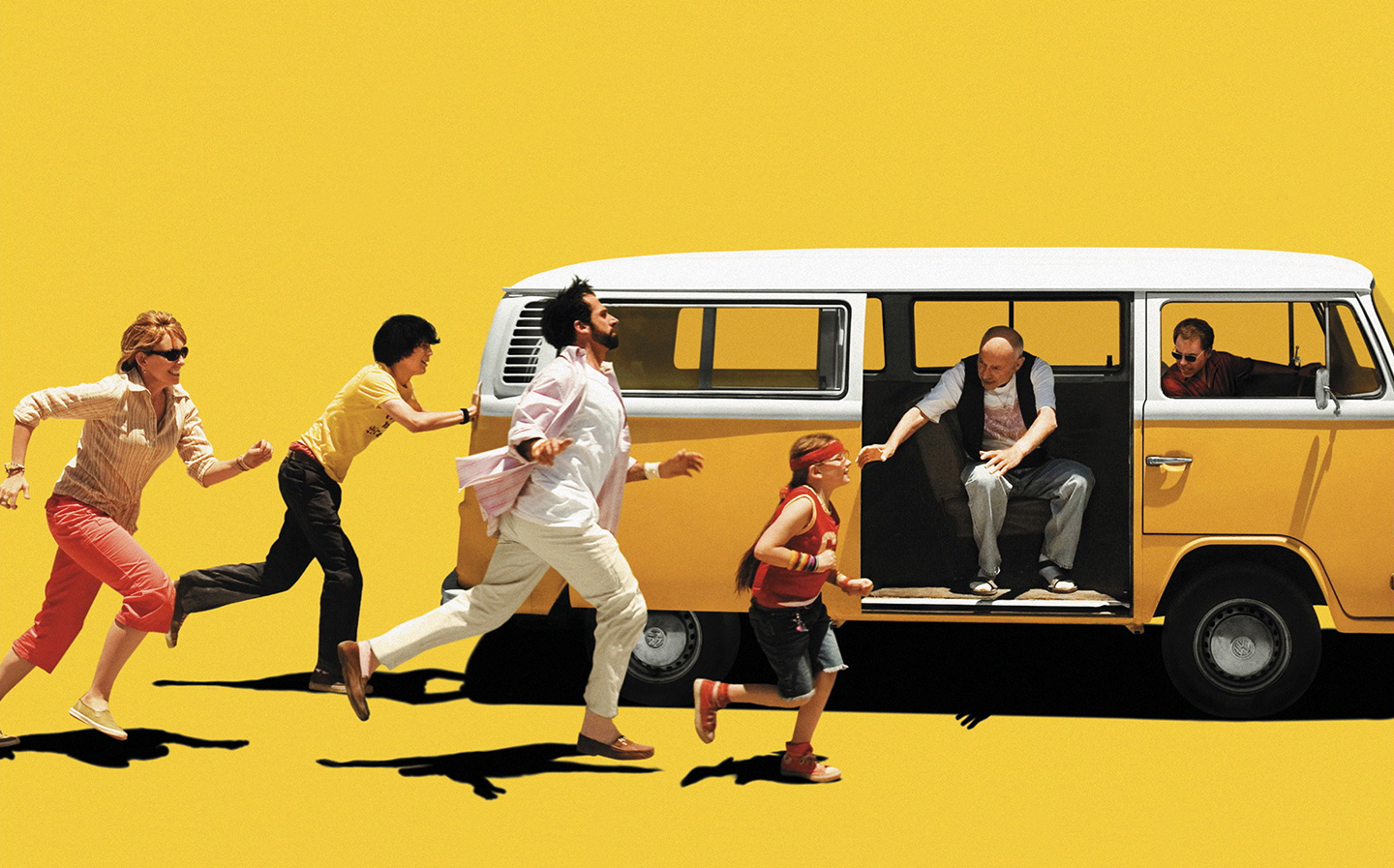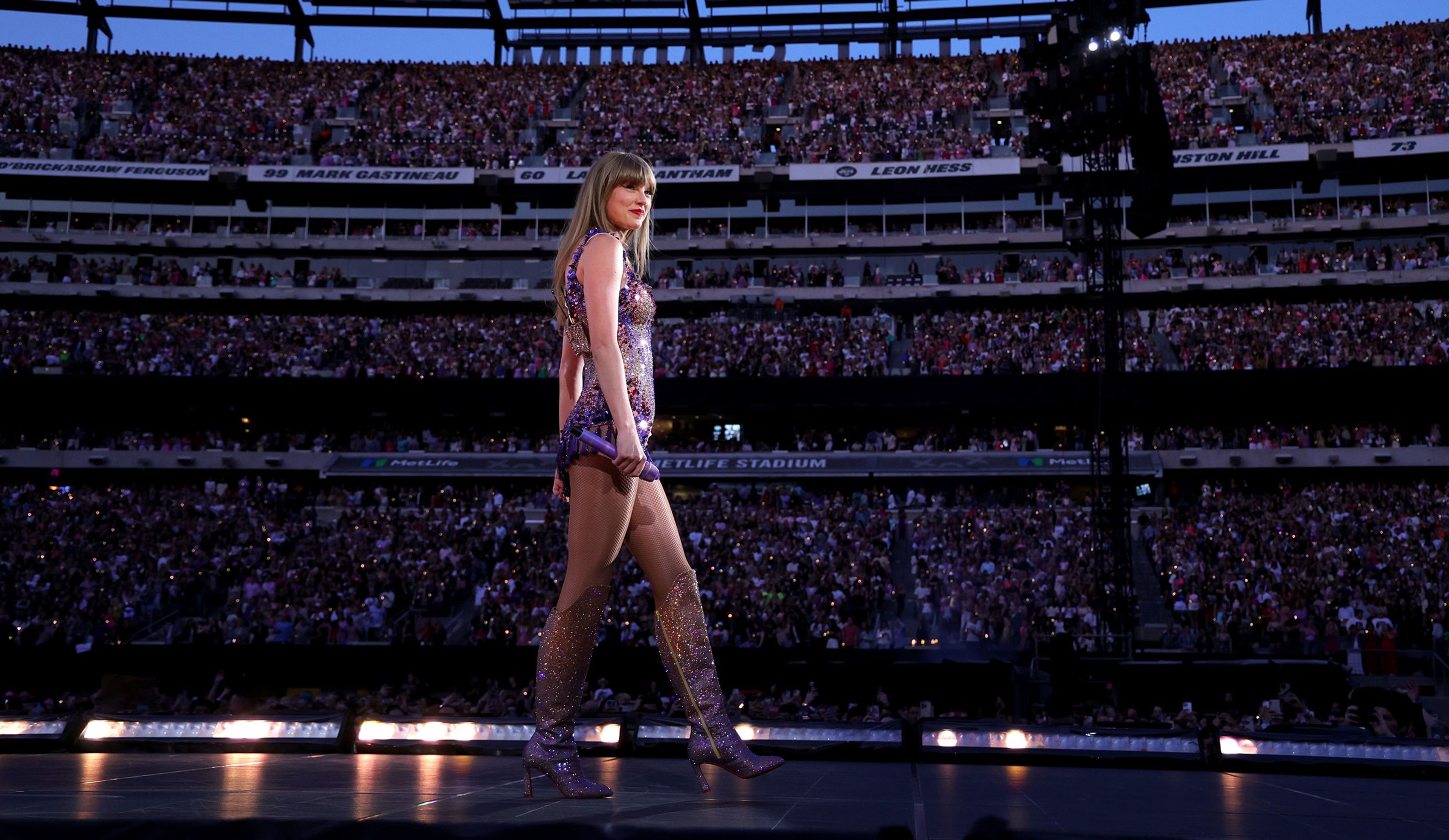On this October Wednesday, Taylor Swift has claimed the shopping centre as her own. One of Los Angeles’s most prestigious shopping districts, The Grove, was closed all day for a red carpet film premiere. To be more precise, debuts. When Taylor Swift takes over a movie theatre, every screen is put to use. There are 13 that she utilises.
Tonight’s performance is the first opportunity for some in the audience to watch a multifaceted stage extravaganza. Many, however, view this as a chance to relive the best night of their lives. They’re singing as a group. They make a lot of loud noise. People start dancing in the aisles. Chloe, a passionate Swiftie who was invited to the screening, exclaims, “It was like being back at the tour!” “I loved it so much! Taylor is devoted to her work and her audience. She just wants to make her followers happy, and she always succeeds at it.
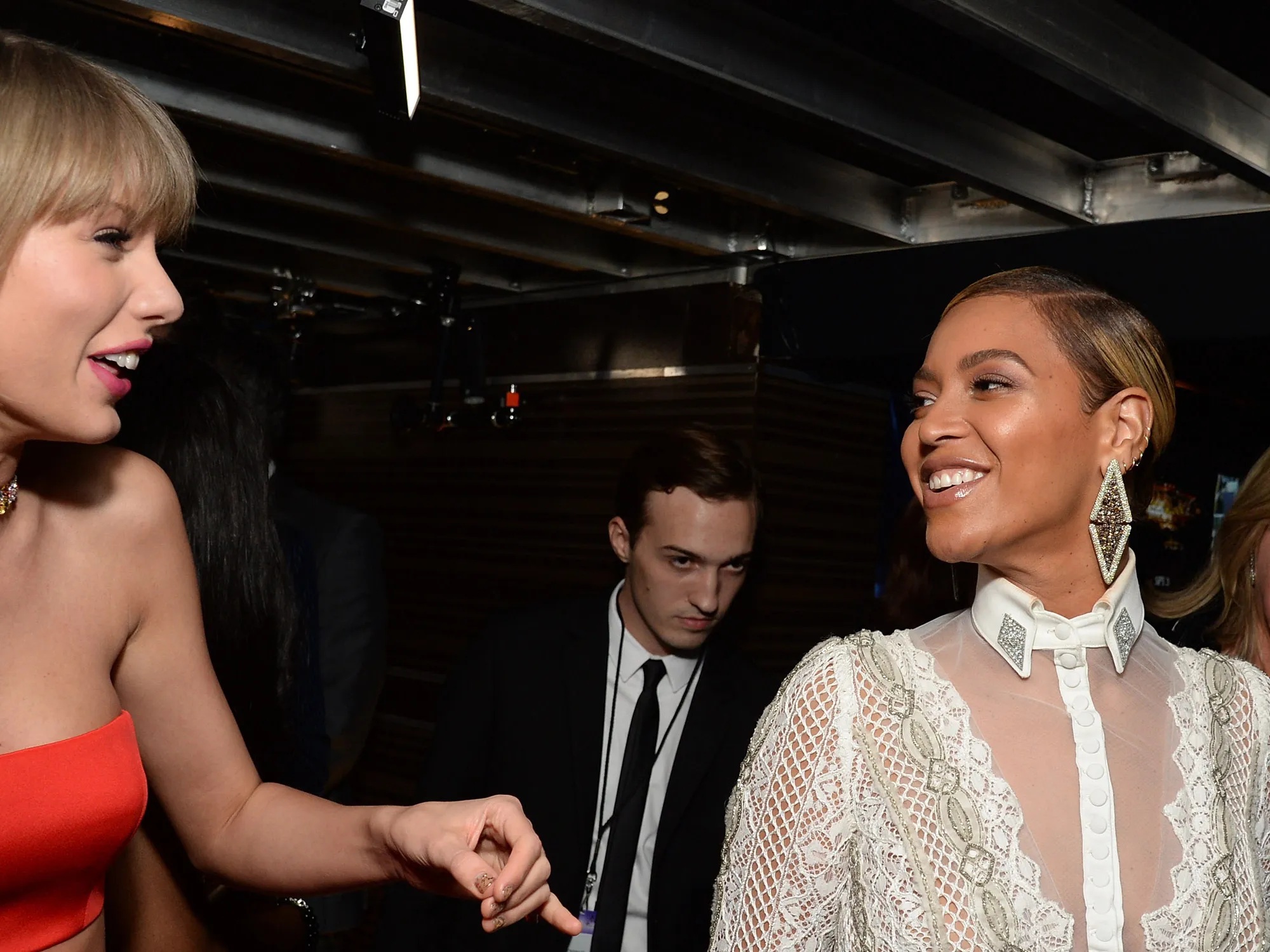
When Taylor Swift: The Eras Tour was officially released the next day, you could find perfectly satisfied Swift fans singing their hearts out at cinemas across the planet. Opening weekend ticket sales for The Eras Tour in the United States totaled $96 million, breaking the previous concert film record of $73 million set by Never Say Never by Justin Bieber in 2010. It continued its reign the next weekend, outperforming Martin Scorsese’s Killers of the Flower Moon and making history as the first concert picture to top the box office for two consecutive weeks.
It’s hard for Swift’s contemporaries in the pop music industry to ignore that kind of success. They have taken note of her savvy business choice to bypass the major studios in favour of a direct arrangement with the AMC theatre network in the United States. According to Shawn Robbins, chief analyst at BoxOffice Pro, “Honestly, I think that’s kind of a game changer,” especially considering that Beyoncé will follow suit in early December by releasing her highly anticipated Renaissance concert video directly to AMC theatres.
Because of the strikes, studios have had to halt production, which has delayed release dates, as Robbins explains. To paraphrase one critic, “Theatres know very well from the pandemic that they have to think outside the box, and if that involves going outside of the studio system, then clearly it can work.”
The prospect of having swarms of music enthusiasts fill theatres (and buy up all the popcorn) is obviously appealing to movie theatres that have a sparse lineup of upcoming films. It’s easy to grasp the appeal for popular concert tours. If you’ve put in a lot of time, effort, and money into putting on a great show, why not record it so you can sell it to your fans over and over again and make a tidy profit in the process?
Swift’s concert film is proof that a beautiful, professionally shot concert film can be released while the tour is still in progress and hold its own against Hollywood’s best. “It’s been a blockbuster performance that was really created out of thin air,” Robbins says. A few short months ago, neither you nor I would have known that this film even existed. That alone sets it apart from everything else that has ever become so popular and made so much money.
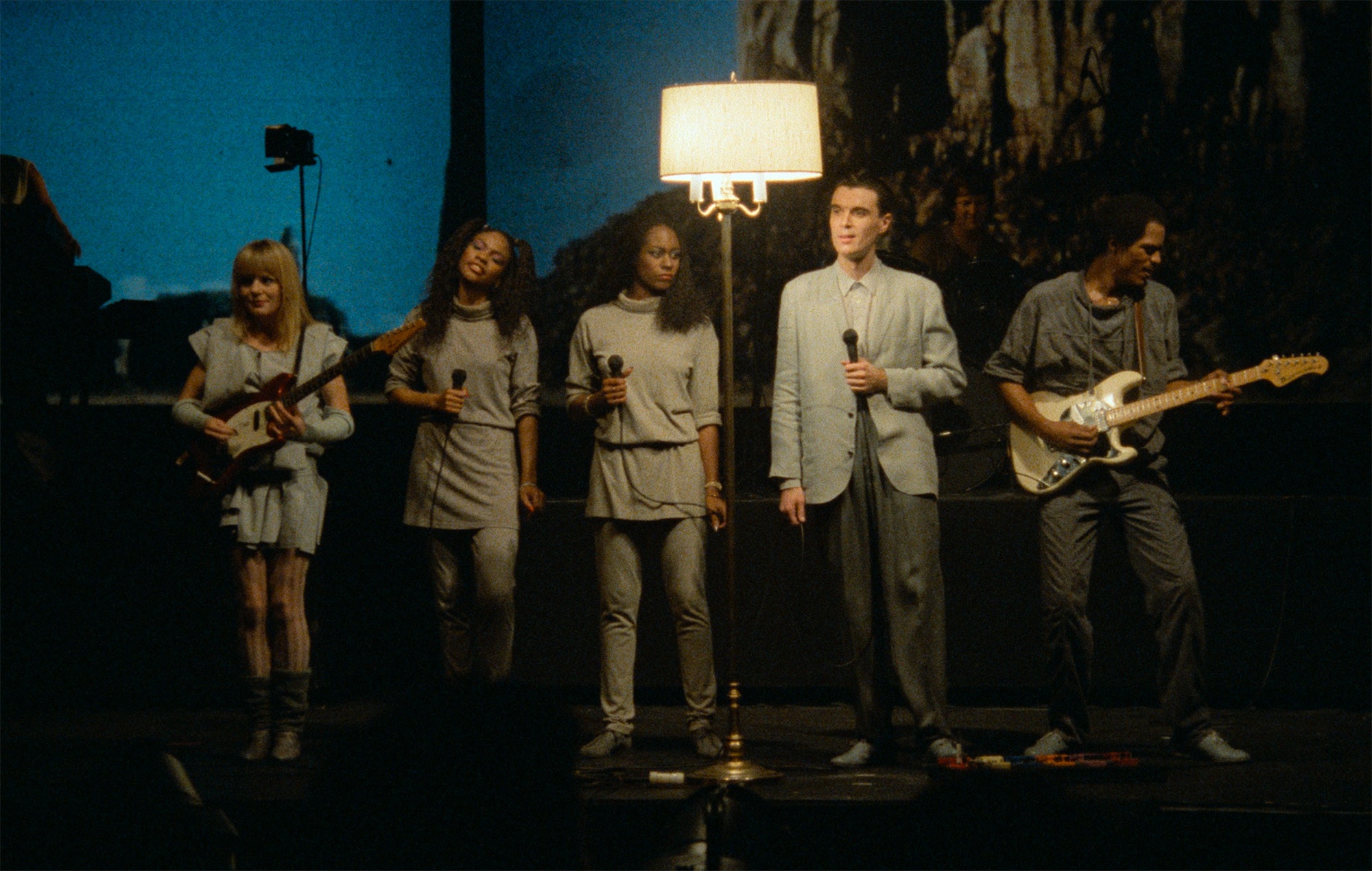
The success of Coldplay’s Music of the Spheres tour, which was broadcast live from Argentina’s River Plate to cinemas in 81 countries (a live transmission record), may entice other globe-trotting artists like Harry Styles and even Bruce Springsteen to follow suit with films documenting their most recent mega tours. In addition to the aforementioned, you can expect a deluge of new films featuring older performers performing fantastic concerts in front of exceptionally picturesque surroundings (maybe to hide the fact that they are no longer playing Swift-sized stadiums). A concert documentary by Duran Duran, titled A Hollywood High, will be released in December, and this month will see the limited release of Billy Idol: State Line, which features the bleach-haired rocker performing in front of (and on) the Hoover Dam.
Current celebrities aren’t the only ones who see an opportunity in empty theatres. The famous 1984 film Stop Making Sense, which chronicled the rise and fall of the Talking Heads, is returning to theatres in celebration of its upcoming 40th anniversary after undergoing a major restoration by indie film titans A24. For diehards like Chris Apthomas, who has been dubbed the “Welsh David Byrne” for his role as leader of the Talking Heads homage band Speaking In Tongues, it’s a chance to rediscover the music that first drew them in. “The film was visually very striking, the music was cerebral and danceable, and it was clear the band were all enjoying themselves,” says Apthomas, whose band has announced a series of 2024 performances at which they will replicate elements of the film. David Byrne is a very original front man with a distinctive singing and dancing style, and the band’s evolution from solo to full band is reflected in this.
This reissue, however, may serve as younger listeners’ first exposure to the live brilliance of Talking Heads (and David Byrne’s oft-imitated, never-bettered huge suit). Nearly 60% of the opening weekend audience for Stop Making Sense was under the age of 35, with many of them being too young to remember the band’s breakup in the early 1990s. It was those new fans that pushed the film’s astounding $4 million opening weekend take, and Robbins believes that success could drive a new trend.
“It’ll be interesting to see if we get more re-releases like that,” he says. It’s true that many legendary groups and solo artists have recorded live performances or made more conventional documentaries in the previous few decades. While some will undoubtedly hold more promise than others, the truth is that every little bit counts in the grand scheme of things. Because of the decline in major Hollywood films, theatres are desperate for alternatives, and many talented artists are in a position to gain.
The best concert film ever made is about to be re-released. The Last Waltz, directed by Martin Scorsese in 1978, is widely regarded as a cinematic masterpiece because it depicts the famed Americana pioneers The Band’s astounding farewell concert from 1976, which featured guests such as Bob Dylan, Dr. John, Van Morrison, Joni Mitchell, and the infamously drug-amped Neil Young. After the death of The Band’s Robbie Robertson earlier this year, the film will be re-released in theatres this November to celebrate its 45th anniversary, which might be almost as poignant as The Eras Tour (albeit with fewer friendship bracelets).
Which brings us back to Taylor Swift, who may not be done yet kicking off this concert film box office trend. Robbins argues that The Eras Tour’s huge success suggests the movie should be shown again sooner than you might expect. “It’ll be in theatres until the holiday season, when more movies are released and it’ll be competing for screen space,” he explains. But who knows, maybe there’ll be a resurgence of demand from her followers in six months or a year after Taylor Swift finishes the tour itself.
That being said, it’s quite doubtful that the Swifties who were entranced by The Eras Tour in the deserted mall will have to wait another forty years to see it on the big screen again. But why should they, anyway? Anyone who has seen the film in a theatre full of die-hard fans will attest to its exhilarating experience. While Hollywood is at a standstill, rock ‘n’ roll might provide much-needed communal vitality for movie theatres.

